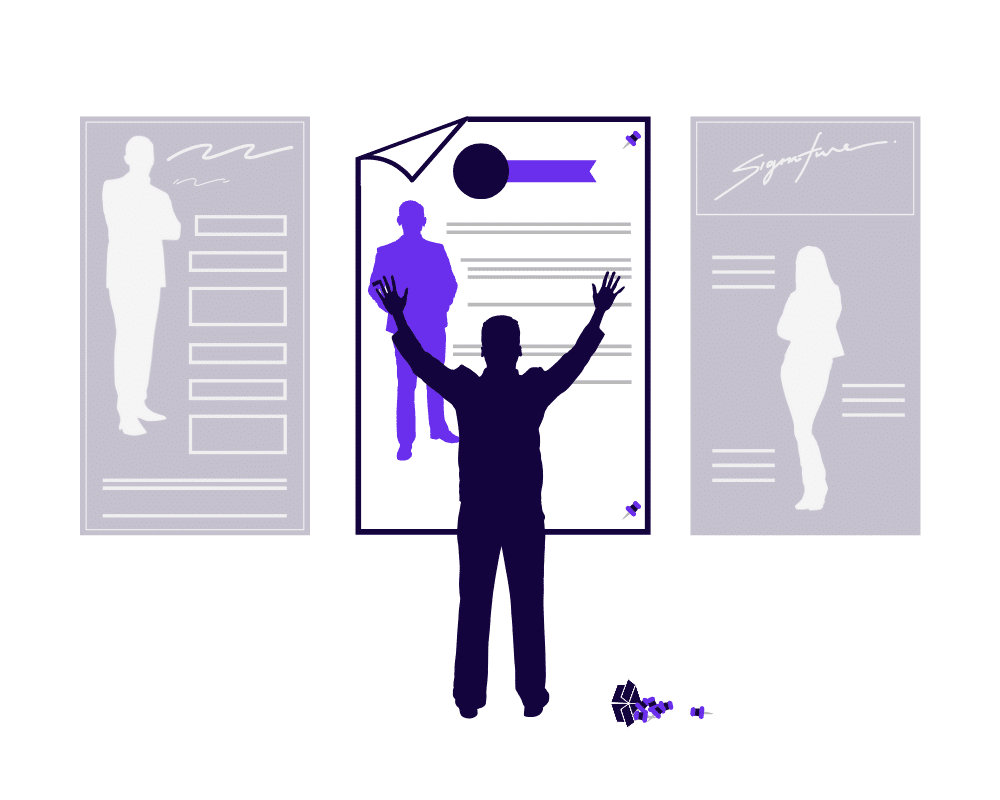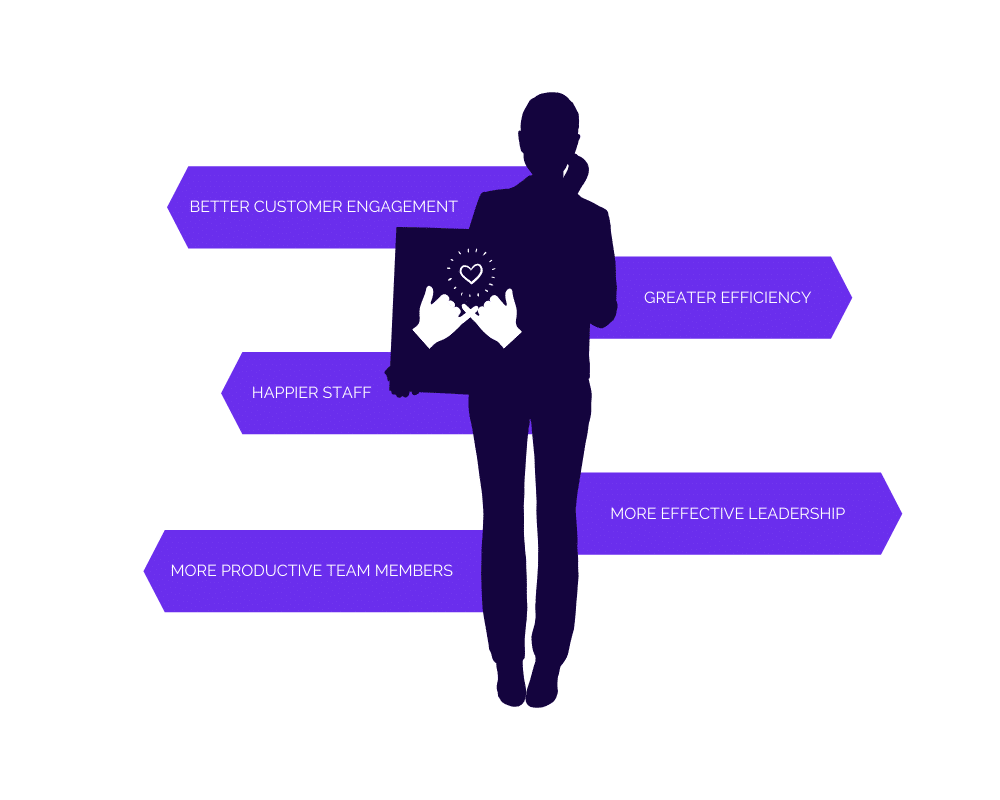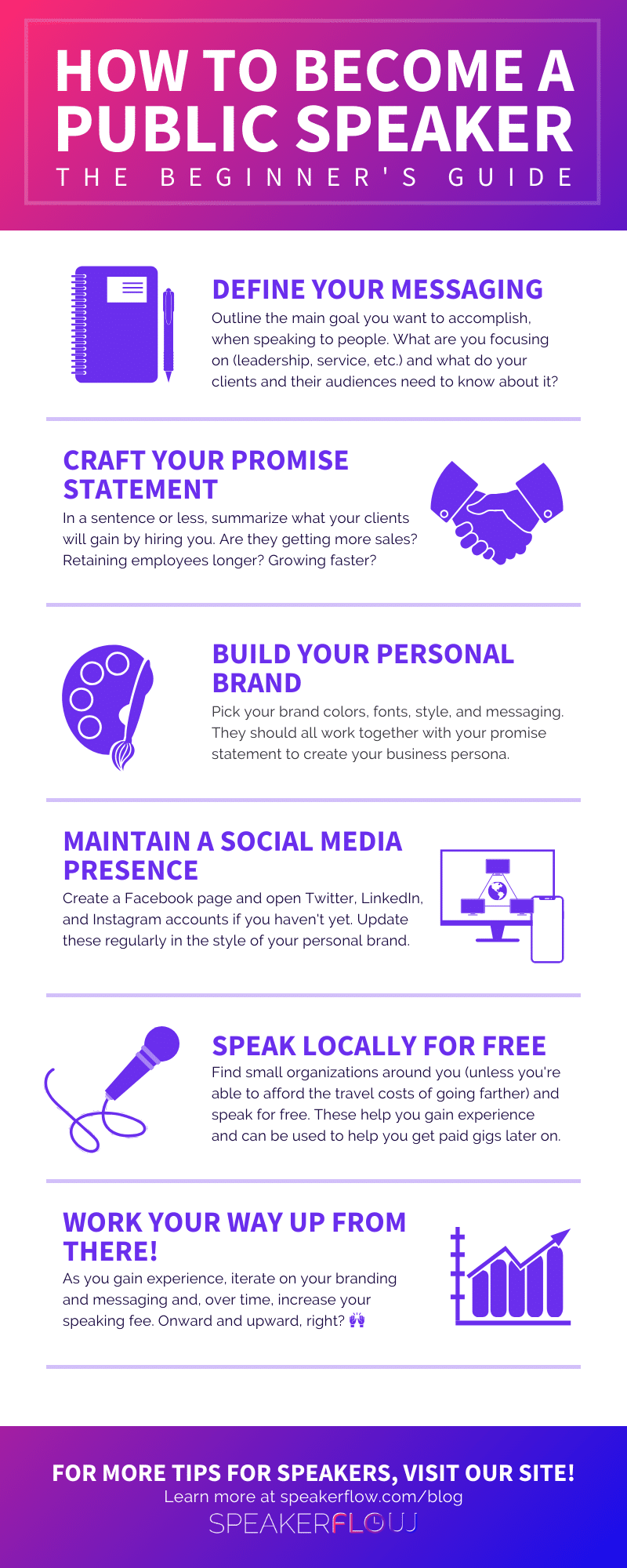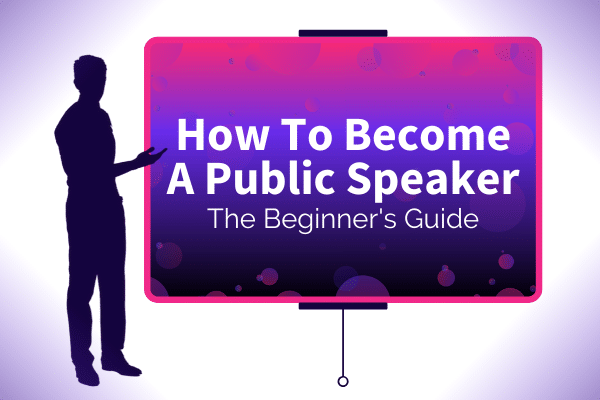When was the last time you had to step up in front of a room full of people? Maybe you’re a manager, and talking to a crowd is a piece of cake at this point. Maybe you’re currently in that crowd, working towards a position of leadership. Either way, whether you’re comfortable with speaking or not, it’s no secret that becoming a confident and capable speaker isn’t just a key component to good leadership. It’s also, in many cases, an opportunity for you to earn your income sharing a message you are passionate about. In light of this, let’s focus on the path to public speaking and how to become a public speaker.
If you’re wondering about the complexity of becoming a public speaker or its viability as a full-time job, this is the guide for you. As a whole, the speaking industry has exploded over the last decade. Currently, in the U.S. alone, there are thousands of speakers, working full-time as presenters for events around the world. Globally, that number is in the hundreds of thousands and continues to grow. Because of this, the path to becoming a public speaker includes speaking tips as well as business tips. That way, you can stand out from the crowd.
Below are the main questions and topics we’re going to address in this guide:
What is a public speaker?
To begin, if you’re new to the speaking industry entirely, you might be wondering, “What exactly is a public speaker”? In short, a public speaker is someone who presents a speech or lecture to the public, either in a public or semi-private setting, such as a company event for their employees. In the majority of cases, public speakers are compensated for their time and talent, although some events can be unpaid.
Generally speaking (no pun intended), even if they weren’t labeled a “public speaker,” you’ve likely worked with or interacted with a public speaker at some point in your life. A few common examples include university or college professors, local or national officials, or community event organizers. As in these examples, many professions incorporate public speaking into their job requirements, even if they don’t say so outright. In fact, for many professions, although it’s not a clear requirement for the job, employees that are talented public speakers are the ones promoted to higher positions.
Considering this, whether you want to speak as a full-time job or not, learning how to become a public speaker has countless benefits. In my own experience on the SpeakerFlow team, there are a few that stand out more than others, including:
- A greater ability to write (becoming a better writer and a better speaker seem to go hand in hand).
- A greater ability to communicate effectively with other team members or business partners, especially in stressful situations.
- A greater ability to formulate arguments and persuade others to your point of view.
We’ll cover more benefits to learning how to become a public speaker throughout this blog. Suffice to say, the advantages of learning public speaking can reach far beyond your time on stage.
What do public speakers generally speak about?
That said, it’s also important to touch on what public speakers speak about. Overall, there is a ton of variety in public speaking material. From classic, corporate sales tactics to natural remedies and lifestyles, if you can think of a topic, there’s likely a speaker that specializes in it. There’s also a ton of variety when it comes to speakers’ backgrounds. For example, speakers like Richard Branson and Tony Robbins have grown to enormous fame and fortune despite having never attended college. On the other hand, you also have speakers like Dr. Jane Goodall, who has accumulated 40 honorary degrees and more than 100 awards in her decades of experience in zoology and ethology.

In short, what you speak about or where you come from doesn’t matter as much as what makes you unique. Want to speak about leadership? What about women in the workplace and advocating for equal rights? How about gender and minority inclusion in positions of power? All of these topics are great examples of messages we still need shared around the world. However, there are also already a ton of speakers that already focus on them. So, if you’re considering one of these messages as your primary focus, ask yourself, “What makes me different?”
We’ll talk more in-depth about this in a later section of this guide but remember: you don’t just want to be heard during the event. You want to be remembered after it’s over, too.
How much do public speakers make?
Besides the “message” part of how to become a public speaker, there’s also the matter of money. As mentioned before, the amount you’re paid as a public speaker can vary based on a number of factors, including your experience (as a speaker and in your focus industry), your awards and education, and the value of your message. You can also, in many cases, argue for a greater fee simply through good sales tactics. For more information on the sales side of speaking, though, check out our companion guide, “How To Get Speaking Gigs: The Ultimate Guide”.
Generally, your speaking fee as you learn how to become a public speaker will start small. Within our own client base at SpeakerFlow, we see a huge range in fees, from $1,500 per speaking gig all the way up to $12,500 with newer speakers on the lower end of that spectrum. In your own experience, as you become a public speaker, keep this in mind. Starting out, your speaking fee will be small, but the sky’s the limit in the long run.
How do I become a public speaker?
All of that said, enough background information! Let’s get right to the roots of it and break down how to become a public speaker, step by step. Obviously, depending on your background, the industry you want to speak in, and your own connections, your path to a successful public speaking career will vary. However, there are six key steps to becoming a professional speaker that are universally true.
1. Define your messaging.
Before anything else, outline the primary things you want to cover as a speaker. Are you going to focus on a specific tenant of business (sales, operations, marketing, etc.)? Are you going to cater to companies or individuals? Maybe both? No matter where you want to focus, remember there are two requirements you need to check in order to have a solid start. First, your message should be unique. We covered this in the last section, but it’s true! Clearly, your message matters to you – if it didn’t, you wouldn’t want to share it. The key is getting others to see why it’s important and why you, as a public speaker, are different from the other speakers out there, sharing a similar message.

Similarly, the second part of a good message is how actionable it is. Besides gaining attention through your own individuality, learning how to become a public speaker is also about learning how to inspire others to action. In other words, when you outline your message, break it down into steps people can take in accordance with that action.
For example, if your main focus is work and life balance, your steps could include recommendations for how to separate yourself from work. Personally, a few of my own tips would include things like “don’t work in places that you relax, such as your bed” or “set a definitive end time for work every day, so you don’t burn out”. The idea is to take the idea behind your message and also provide a way for your audience to make it happen. That way, your clients know their company or group will have concrete steps to benefit from your presentation well after you leave the stage, making you a more valuable hire for their event.
2. Craft your promise statement.
After outlining your message and how your audience members can turn your words into actions, it’s time to focus on the clients themselves. In most cases, the person hiring you for an event is looking for a public speaker with a need in mind. That’s why, as you navigate the process of how to become a public speaker, it’s critical to think like a client as well as a speaker. Think about your value and ask yourself, “How will my clients benefit from working with me?”.

In our company’s experience, we’ve found that the easiest way to communicate this value is through a promise statement. In short, a promise statement is a concise explanation of what your client gains from hiring you for their event. Whether it be a business benefit or a personal one, the goal is to hook the reader’s attention. One example of a well-written promise statement is that of speaker and sales guru Kindra Hall. On her website, the first thing that loads is “Capture attention, close sales, increase influence through the art of strategic storytelling”. In addition to being bold and concise, it also very clearly explains what you get when you hire her. Win, win, win!
Likewise, for your own promise statement, take your message and flip it back on to the client side of speaking. Your message is important to you and beneficial to the world, but what’s in it for them? If you’re unsure how to start, check out our step-by-step guide, “5 Key Components Of The Perfect Promise Statement”. In addition to guidelines, it’s also full of examples. That way, you can find a speaker you relate to and work off of their promise statement, initially.
3. Build your personal brand.
Next, after tackling the written aspects of how to become a public speaker, is the visual side of speaking. I’m talking about your personal brand! From colors to fonts to the general style of your presentation, there are tons of factors that play into how clients and audience members perceive you. Because of this, before kicking off your speaking profession, it’s important to have your branding bases covered.

As a general rule, building a personal brand is about using visual aids to convey your message, tone, and style. Essentially, the tenants of your brand, such as your colors and fonts, go hand-in-hand with your promise statement and message to present potential clients with a clear idea of who you are. Combined, each of these elements also helps you stand out from your competition. Even if you choose a commonly used color, the shades that you use or the overall design of your brand (organic shapes versus geometric shapes, for example) can make you memorable.
In total, building your personal brand demands several moving parts. At a minimum, when learning how to become a public speaker, professionally, expect the following on your to-do list:
- Choose a color palette for your brand. These colors should be mindful of color theory and how others perceive your brand, consciously or subconsciously, based on these colors. Check out 99Design’s guide to choosing brand colors, if you’re unsure where to begin.
- Choose fonts for your brand. As with colors, choose fonts that convey the general tone and feel you want for your brand (classical, modern, avant garde, etc.). Canva’s font guide is a great jumping-off point, if you need a hand.
Additionally, for affordable artists to design your brand’s style guide for you, based on your specifications, check out 99Designs, Upwork, and Fiverr. 👍
[hubspot type=cta portal=5815852 id=4423b6b8-d7d0-4f03-b792-184db7c3284b]
4. Maintain a social media presence.
Moving on, the fourth step of how to become a public speaker is an obvious one: be social! In this day and age, even if you don’t yet have the funds or the speaking experience to warrant a website, social media is a good placeholder. That isn’t to say you don’t need a website – you definitely do. However, until you can get one up and running, creating social media profiles is an effective and affordable way to build your credibility. It’s also a great way to make connections with other speakers, industry leaders, or potential clients. That way, when you do launch your website, you’ll already have people interested in your message.
To get started, of the social platforms out there, the four most popular apps are Facebook, Twitter, Instagram, and LinkedIn. If you haven’t used some of these platforms before or are new to social media entirely, each app is intended for a slightly different use. Below is a brief description, so you know which app(s) to use, based on your target audience.
Social Media Platforms

- Facebook: Of these four apps, this is the one that most closely blends business and pleasure. Ideally, you would create a personal profile for your own use and, from that profile, a Facebook page for your public speaking business. The page is intended for your business’s marketing efforts and reviews as well as advertising, if desired.
- Twitter: This app allows you to post quick snapshots of your company’s message, goals, or updates. Like Facebook, you can opt to include an image (to attract more attention to your post). However, unlike the other apps listed here, you have a character limit (for your caption) of 200 words, so it has to be kept brief. If you want separate personal and professional Twitter handles (i.e. pages), you have to create two separate accounts.
- Instagram: This app requires you to include an image with your post and does not have a character limit for its caption. Like Twitter, you can also use hashtags in conjunction with your caption to attract followers to your account. For separate personal and professional pages, also like Twitter, you must have two separate accounts.
- LinkedIn: Lastly, LinkedIn is geared solely towards the professional side of life. Like on Facebook, you would first create a profile for you, as an individual. Then, you would add a LinkedIn page for your public speaking business. Again, both your personal profile and business page are intended to function like a resume, so keep it professional.
5. Start speaking locally for free.
Once you have your brand built out and social media profiles/pages made, the next step is to start speaking! Although you probably won’t be able to find a lot of paid speaking gigs right off the bat, an easy way to gain experience (and give back to your community) is by speaking locally for free. Think about community centers, religious organizations, and schools in your area. For many of these organizations and their event organizers, the cost of hiring a speaker is a major concern. In low income areas especially, it can be difficult for educators or community advocates to afford speakers’ fees, even if their audience can benefit from a motivational speech or an actionable message.

Luckily for them, this is where you come in. Now more than ever, the benefits of face-time with members of your community can be a huge learning opportunity. Not only are you able to learn what areas of your stage presence or speaking abilities need work. You’re also able to make connections within your community. Who knows? Maybe you’ve assumed that your community needs motivation when, in actuality, it needs leadership first. Maybe there’s an area of your community that’s being overlooked on a state or federal level, costing them resources. No matter what your specific reason may be, it certainly won’t hurt to connect with people around you (in person or virtually). Plus, the more speaking experience you have, the more easily you’ll be able to sell your services for a fee.
6. Work your way up, in speaking fees and reputation!

Finally, remember that all of these basic steps are just a starting point! When it comes to balancing how to become a public speaker with the work you’re currently doing, it can be difficult to keep up with the workload. It’s also easy to get discouraged or distracted, especially with the lack of information out there for new speaking businesses.
Thankfully, the SpeakerFlow team has your back! From our blogs to our continually-updated library of free resources, we’re here to help you get from here to your dream job as a public speaker as efficiently as possible. Plus, if you ever feel lost, just schedule a call with us. We’re more than happy to share our resources or point you in the right direction, free of charge.
For more information about how to become a public speaker full-time, check out our mega-guide, “How To Start A Speaking Business: The Ultimate Guide”. It covers the basics of sales, marketing, and operations as a speaking business owner, so you can hit the ground running in no time. 👌






